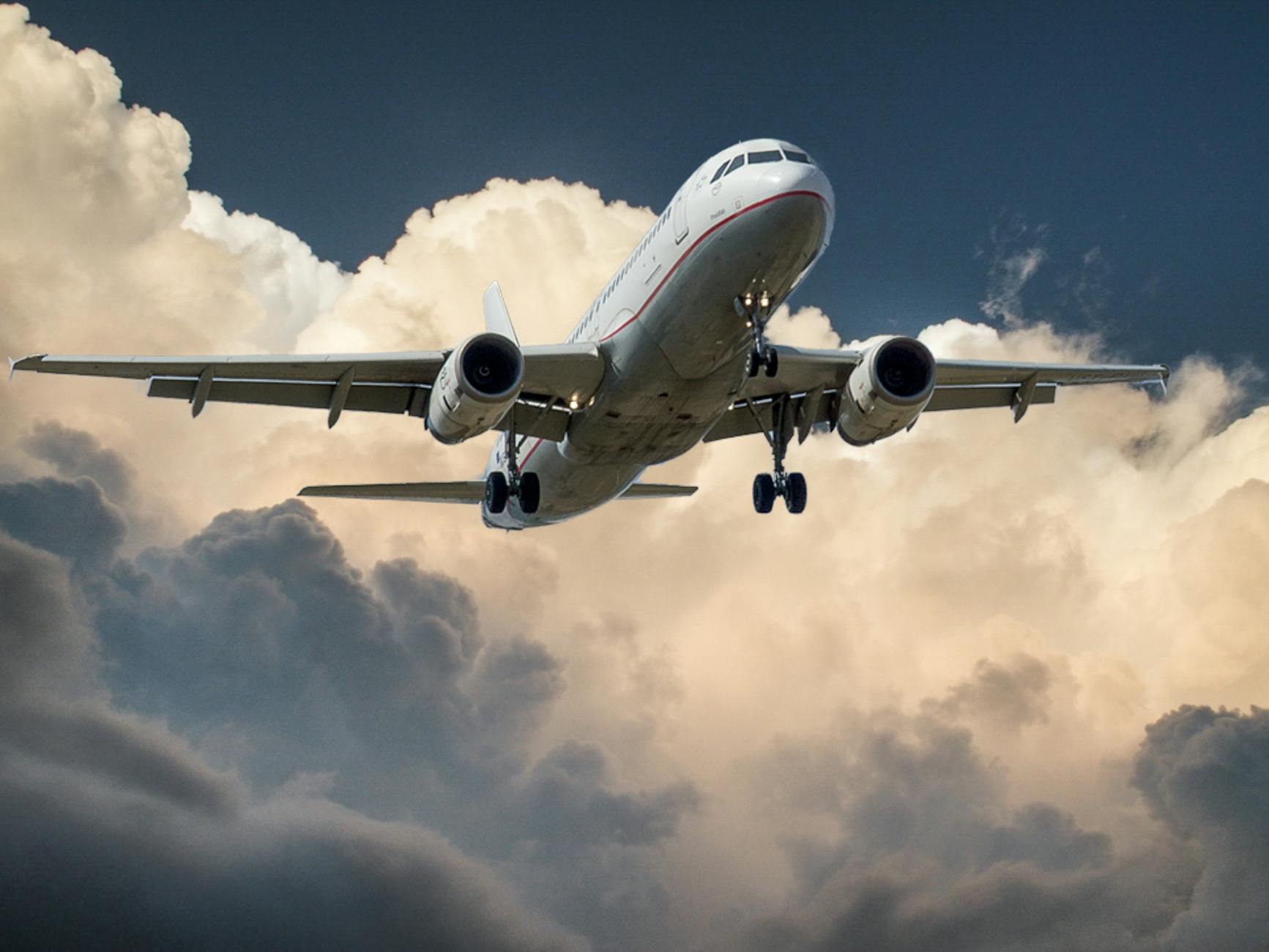Key Takeaways:
- Airplane travel can induce heightened emotions due to physiological factors such as air pressure changes and oxygen deficiency.
- Emotional triggers, combined with discomfort and dehydration caused by low humidity levels, contribute to increased vulnerability and susceptibility to tears during flights.
- The fear of losing control, compounded by aviophobia (fear of flying), further amplifies emotional responses, leading to heightened nervousness and unease in the air.
Ever found yourself unexpectedly shedding tears during a flight, wondering what mystical forces could be at play? Well, fret not, as experts from Brainworks Neurotherapy have delved into the science behind this phenomenon, shedding light on the surprising reasons why emotions run high in the friendly skies.
The Physiology of Tears: Unpacking the Mysteries of Air Pressure
James Roy, a neuro expert from Brainworks Neurotherapy, provides insights into the physiological mechanisms that contribute to in-flight emotional rollercoasters. He explains, “Flying can be an uncomfortable and painful experience for some, partly due to air pressure changes inside the ears. The process of adapting to these pressure changes can lead to discomfort, particularly in children with smaller Eustachian tubes, often resulting in tears.”
The Oxygen Conundrum: Exploring the Impact of Hypoxia
Roy further elaborates on the impact of hypoxia, or low oxygen levels, experienced during flights. He states, “Despite pressurization, air travel exposes passengers to lower oxygen levels than on the ground. Hypoxia can impair cognitive function and increase emotional responses, potentially leading to heightened feelings of vulnerability and susceptibility to tears.”
The Dehydration Dilemma: Dry Air and Emotional Imbalances
In addition to physiological factors, environmental conditions on airplanes play a significant role in influencing emotional states. Roy highlights the impact of low humidity levels on passenger well-being, explaining, “Airplanes maintain humidity levels significantly lower than what humans are comfortable with. Dry air can exacerbate dehydration, leading to mood imbalances and increased emotional susceptibility.”
The Control Factor: Fear of Flying and Emotional Turbulence
Beyond physiological and environmental factors, the fear of flying itself contributes to heightened emotional responses among passengers. Roy elucidates, “Aviophobia, or the fear of flying, can intensify feelings of nervousness and unease during flights, further amplifying emotional turbulence. The lack of control inherent in air travel can exacerbate these fears, making passengers more susceptible to emotional fluctuations.”
Conclusion: Navigating the Emotional Skies
As travelers embark on their airborne journeys, it’s essential to recognize the multifaceted nature of in-flight emotions. From physiological adaptations to environmental conditions and psychological factors, a myriad of forces converge to shape passengers’ emotional experiences in the air. By understanding these intricacies, individuals can better navigate the emotional skies, ensuring smoother and more comfortable flights for all.
Source: https://brainworksneurotherapy.com/
Sign up to our newsletter & get the most important monthly insights from around the world.
Ready to Amplify Your Brand with Business Today?
Discover the power of sponsored articles and partnerships to reach decision-makers, professionals, and a dynamic audience. Learn more about our advertising opportunities and connect with us today!
Click here to explore our Promotion & Sponsored Articles page.
Are you looking to make an impact? Contact us at pitch@businesstoday.news to get started!







